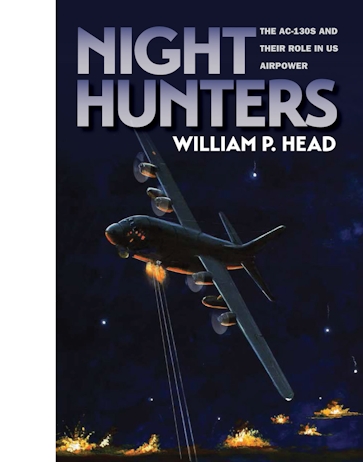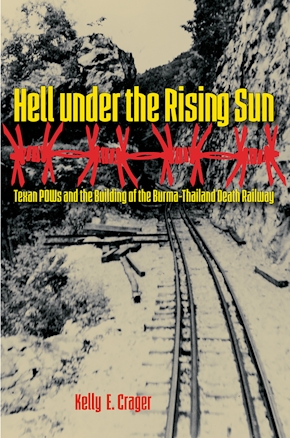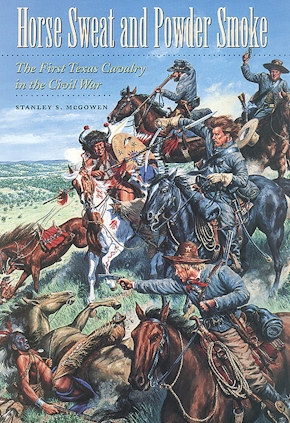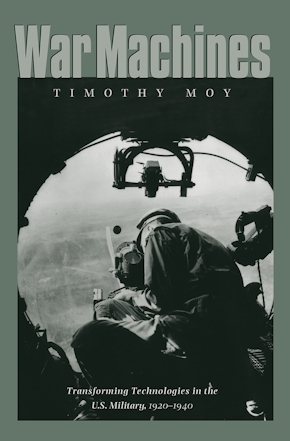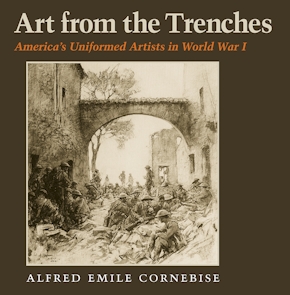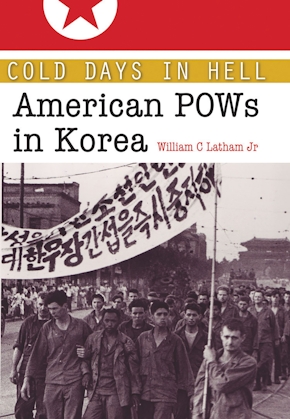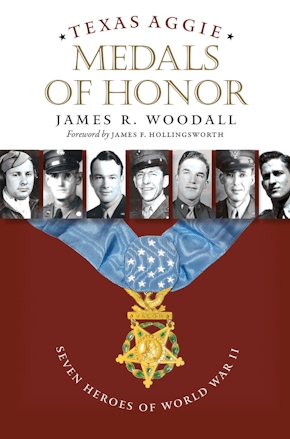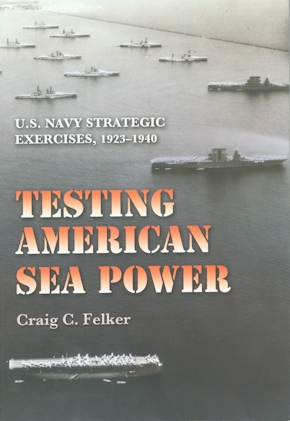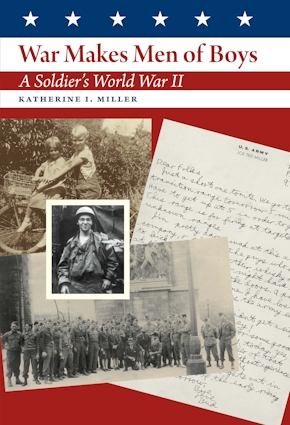Night Hunters
The AC-130s and Their Role in US Airpower
978-1-62349-119-2 Paperback
6 x 9 x 0 in
440 pp. 24 b&w photos. Bib. Index.
Pub Date: 03/18/2013
Available
BUY NOW
- Paperback $29.95 s
- Cloth (Unjacketed) $60.00 x
During the Vietnam War, the US military developed new tactics and weapons systems to counter a diversity of enemy tactics and geographic features, the difficult climate, and the shifting diplomatic context. One of the most important was the development of the AC-130. Its ability to transport heavier payloads at higher altitudes across longer distances made it the logical choice to be the final Vietnam-era fixed-wing gunship and the only one that continues to fly missions in the twenty-first century. In addition, it employed many of the most advanced weapons, sensors, targeting devices, and fire control systems of the 1970s or of any era.
By recounting both the technical development and the combat operations of the plane, and by looking at the proposed alternatives for its use in the War on Terror, Night Hunters offers a clear view of the role of gunships and of close air support in US wars. In today’s never-ending brushfire wars, the AC-130s continue to uphold their reputation for excellence.
Williams-Ford Texas A&M University Military History Series
About the Author
Published by Texas A&M University Press
